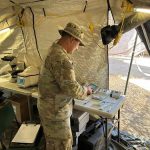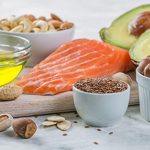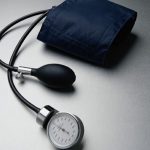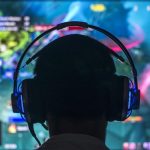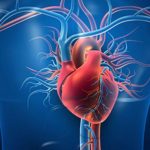
People who gamble on sports are more likely to be binge drinkers as well, a new report finds. Both women and men who bet on sports were at least twice as likely to binge drink compared to non-gamblers, results showed. Further, the odds of binge drinking increased with the frequency of gambling. “With past research showing that sports gamblers are more likely to report symptoms of alcohol use disorder, our results suggest that individuals who wager on sports use alcohol in particularly risky ways,” the research team said in an American Psychiatric Association news release. The study was led by Joshua Grubbs, an associate professor of clinical psychology with the University of New Mexico. For the study, Grubbs’ team analyzed survey data from nearly 4,400 adults about their gambling and drinking habits. Overall, three out of four said they’d used alcohol during the previous year, and more than 1,800 were sports gamblers. Researchers found that women and men who bet on sports once or twice during the previous year were 2.4 times and 1.9 times more likely to report binge drinking, respectively. Binge drinking involves consuming five or more drinks on a single occasion for men, and four or more drinks for women, according to the U.S. Centers for Disease Control and Prevention. The odds also increased as either sex gambled more often: Monthly: 3.8… read on > read on >










